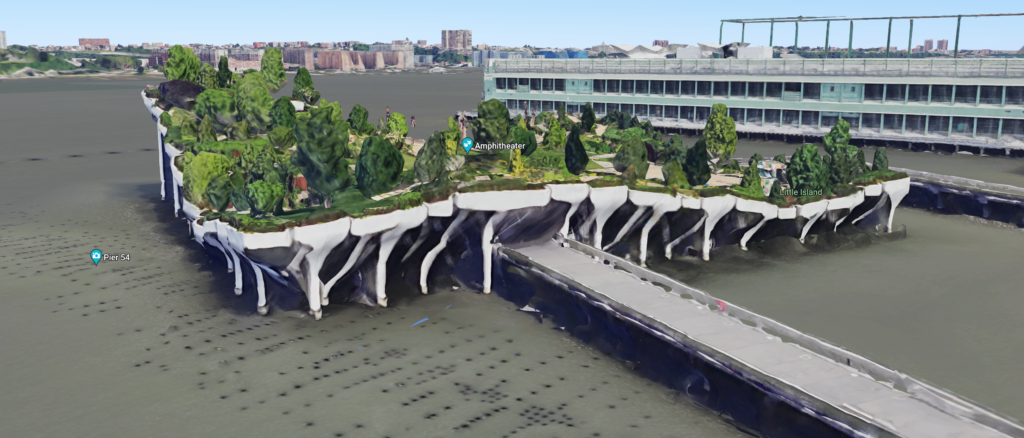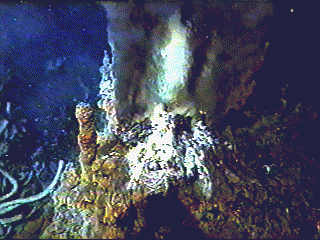
“What I now saw before me was a low-built concrete mass, rounded at all its outer edges and giving the gruesome impression of something hunched and misshapen: the broad back of a monster . . . . I felt reluctant to pass through the black gateway to the fortress itself, and instead began by walking round it on the outside, through the unnaturally deep green, almost blue-tinged grass growing on the island. From whatever viewpoint I tried to form a picture of the complex I could make out no architectural plan, for its projections and indentations kept shifting, so far exceeding my comprehension that in the end I found myself unable to connect it with anything shaped by human civilization, or even with the silent relics of our prehistory and early history. And the longer I looked at it, the more often it forced me, as I felt, to lower my eyes, the less comprehensible it seemed to become.”
—W. G. Sebald, Austerlitz

